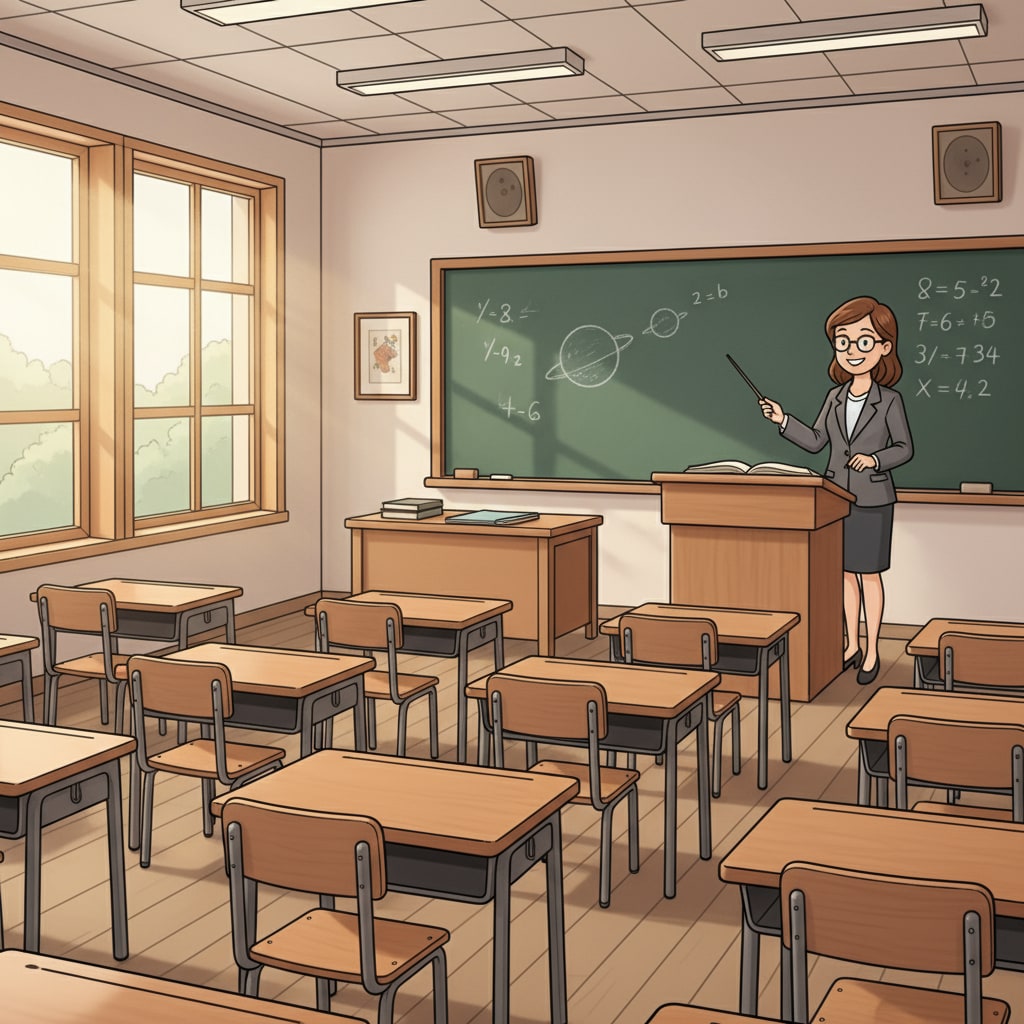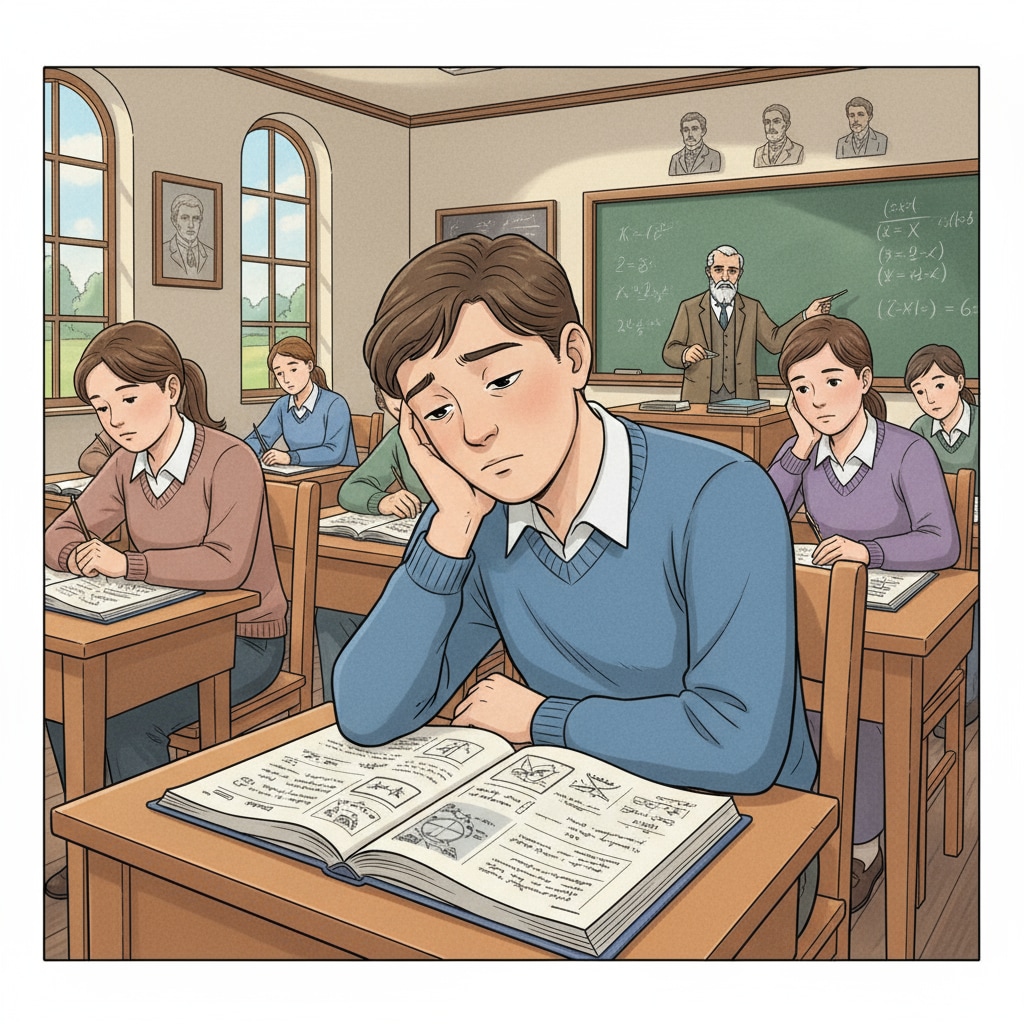Educational innovation, teaching methods, and curriculum design play a crucial role in shaping the future of primary education. In today’s rapidly evolving world, the traditional primary education system is facing challenges as it struggles to keep up with modern learning needs. The outdated teaching models in use are no longer sufficient to prepare students for the complexities of the 21st century.

The Flaws in Traditional Primary Education
The traditional primary education system has several structural flaws. Firstly, the teaching methods often rely heavily on rote memorization and passive learning. Students are expected to listen to the teacher, take notes, and regurgitate information. This approach fails to engage students actively in the learning process and stifles creativity and critical thinking. For example, in a traditional math class, students are taught formulas and algorithms without understanding the real-world applications. As a result, they may be able to solve textbook problems but struggle when faced with practical situations. Traditional Education on Wikipedia

The Need for Educational Innovation
Educational innovation is essential to bridge the gap between traditional education and modern learning needs. It involves introducing new teaching methods and incorporating modern technologies into the curriculum. For instance, project-based learning can be a powerful tool. Students work on real-world projects, collaborating with their peers, conducting research, and presenting their findings. This not only enhances their subject knowledge but also develops important skills such as teamwork, communication, and problem-solving. Additionally, the use of educational technology, like interactive whiteboards and educational apps, can make learning more engaging and personalized. Educational Technology on Britannica
Another aspect of educational innovation is the shift towards student-centered learning. Instead of the teacher being the sole source of knowledge, students are encouraged to take ownership of their learning. Teachers act as facilitators, guiding students in their learning journey and helping them discover their interests and talents. This approach recognizes that each student is unique and has different learning styles and paces.
Readability guidance: In this article, we’ve explored the problems with traditional primary education and the importance of educational innovation. By adopting new teaching methods and rethinking curriculum design, we can better prepare students for the modern world. Using short paragraphs and clear headings, we’ve made the information accessible. We’ve also incorporated external links to reliable sources to enhance credibility.


